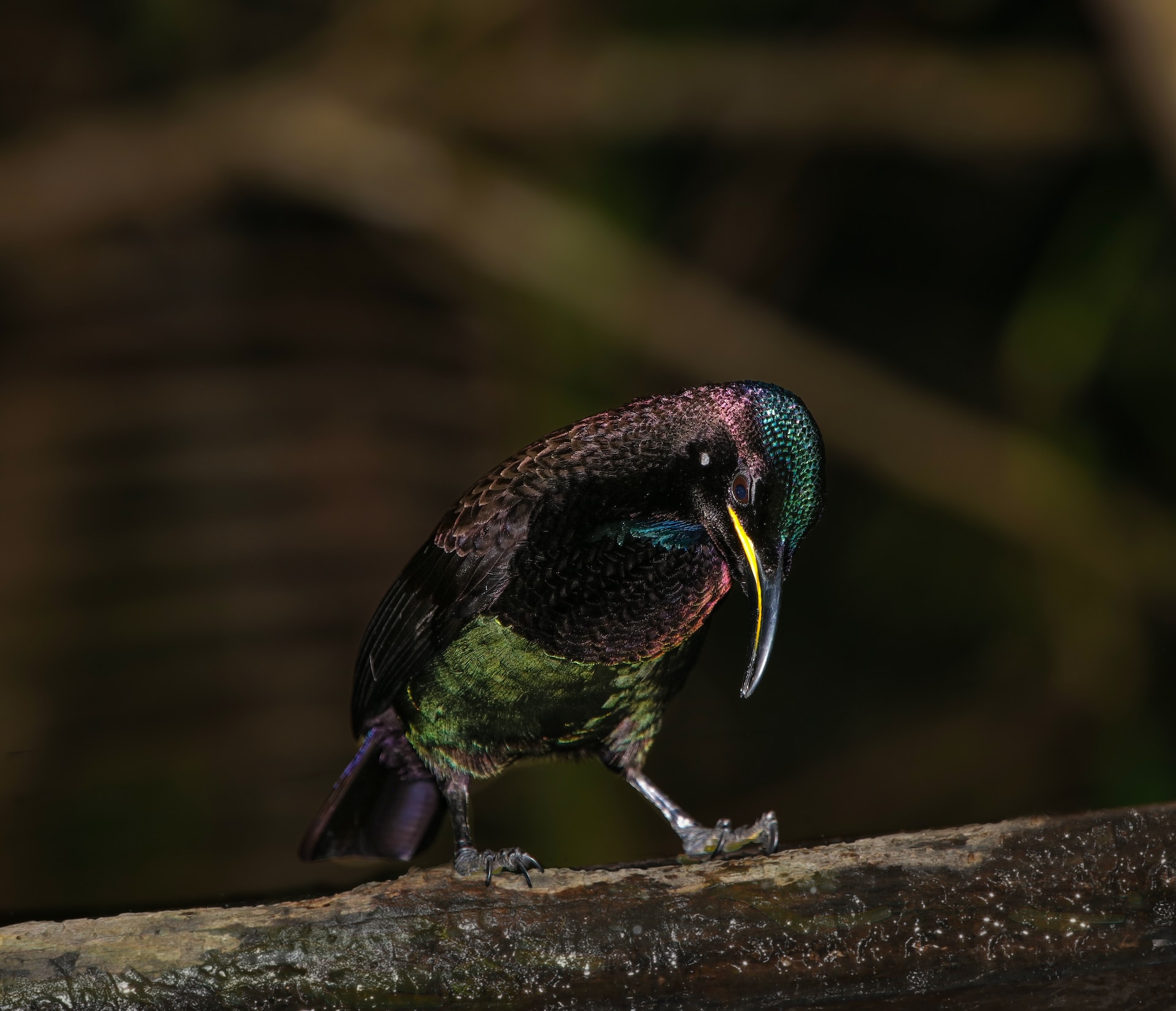Turning your garden into a local hub for wildlife doesn’t just provide visual delight, it also fortifies the ecosystem by offering refuge to various species otherwise pressured by urbanization. While every plot of land has the potential to attract wildlife, certain garden layouts can maximize visits from these lovely guests. Below, we present eight inspiring designs that nature lovers can consider for inviting more wildlife into their backyard havens.
Mini Jungle
By growing diverse and local flora, you create a natural habitat appealing to local wildlife, which in turn helps maintain the ecosystem balance. Based on ideas from Better Homes and Gardens, a mini-jungle recreates natural surroundings with layered vegetation featuring tall trees, undergrowth shrubs, and ground cover plants. This structure supports insects, birds, and small mammals by providing food sources, nesting spaces, and protective cover.
Kitchen Garden
Integrating herbs, flowers, fruits, and vegetables in the garden attracts a broad spectrum of fauna like bees, butterflies, hummingbirds, and rabbits. This approach beautifies your space while fostering an interactive environment for wildlife. Opt for plants that bear berries, seeds, or nectar to nourish these guests. Also, the addition of native plants improves resilience to pests and disease, reducing the need for toxic pesticides.
Wildlife Pond
Water is a magnet for wildlife. A pond, no matter its size, is a haven for amphibians and insects, while also serving as a watering spot for birds and mammals. The inclusion of water lilies and other aquatic plants further enhances your pond’s visual appeal and biological diversity. If building a pond isn’t feasible, even a simple bird bath can create a significant impact.
Meadow-Inspired Design
Derived from Homes and Gardens ideas, a meadow-inspired garden design features sprawling grassy areas and wildflower patches. This plan involves waving grasses that host insects, while wildflowers provide nectar for pollinators. When transitioning from lawn to meadow, reducing the frequency of mowing permits native species to flourish, creating a thriving, self-sustaining habitat.
Urban Wildlife Garden
Jack Wallington, a garden designer and writer, provides fantastic solutions in his article “4 Fundamentals of Attracting Wildlife in Urban Gardens” to engage wildlife even in compact inner-city spaces. His advice to employ container gardens, vertical greenery, and select native species proves that with smart design, even small, urban gardens can become wildlife havens.
Butterfly Garden
A butterfly garden is an enchanting sight covered with fluttering wings. Choosing specific nectar-rich plants, such as Echinacea, Lavender, and Buddleia, targets butterfly species like the Monarch, Swallowtails, and Skippers. Catering to different stages of a butterfly’s lifecycle, including their larval period, ensures sustained populations and year-round elegance.
Bird Oasis
Trees and shrubs that bear fruits, nuts, and berries entice bird species. Think of Dogwoods, Holly, and Oak. Their foliage provides shelter, while their yield offers food. It’s also worth integrating birdhouses and feeders in different zones for various bird sizes and species. A well-planned bird sanctuary is sure to delight with songs and brilliant flashes of color.
The Insect Garden
An insect-friendly garden is not only met with welcome visits from butterflies and bees but also the less glamorous, albeit equally important, beetles, spiders, and worms. Prioritize plants that host beneficial insects, like Yarrow and Dill; they aid with natural pest control and soil aeration. By consciously supporting the smaller life forms, we promote a balanced, vibrant ecosystem.

